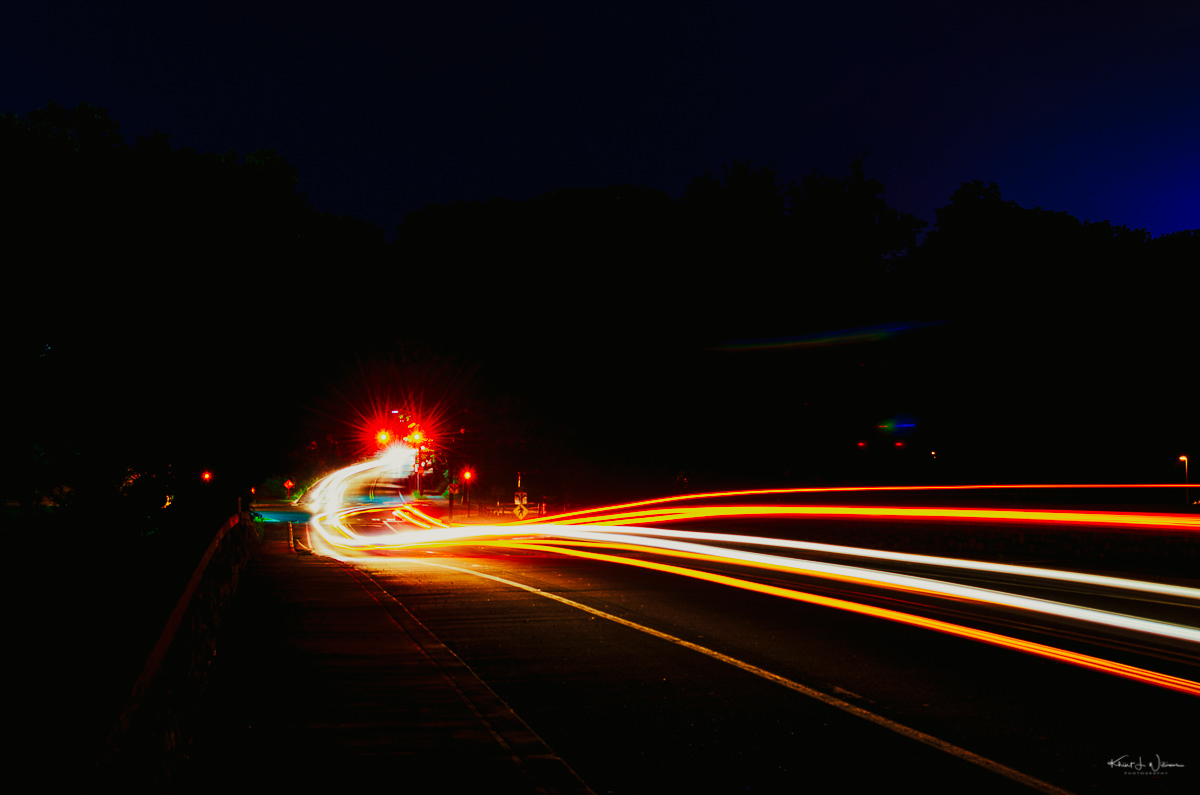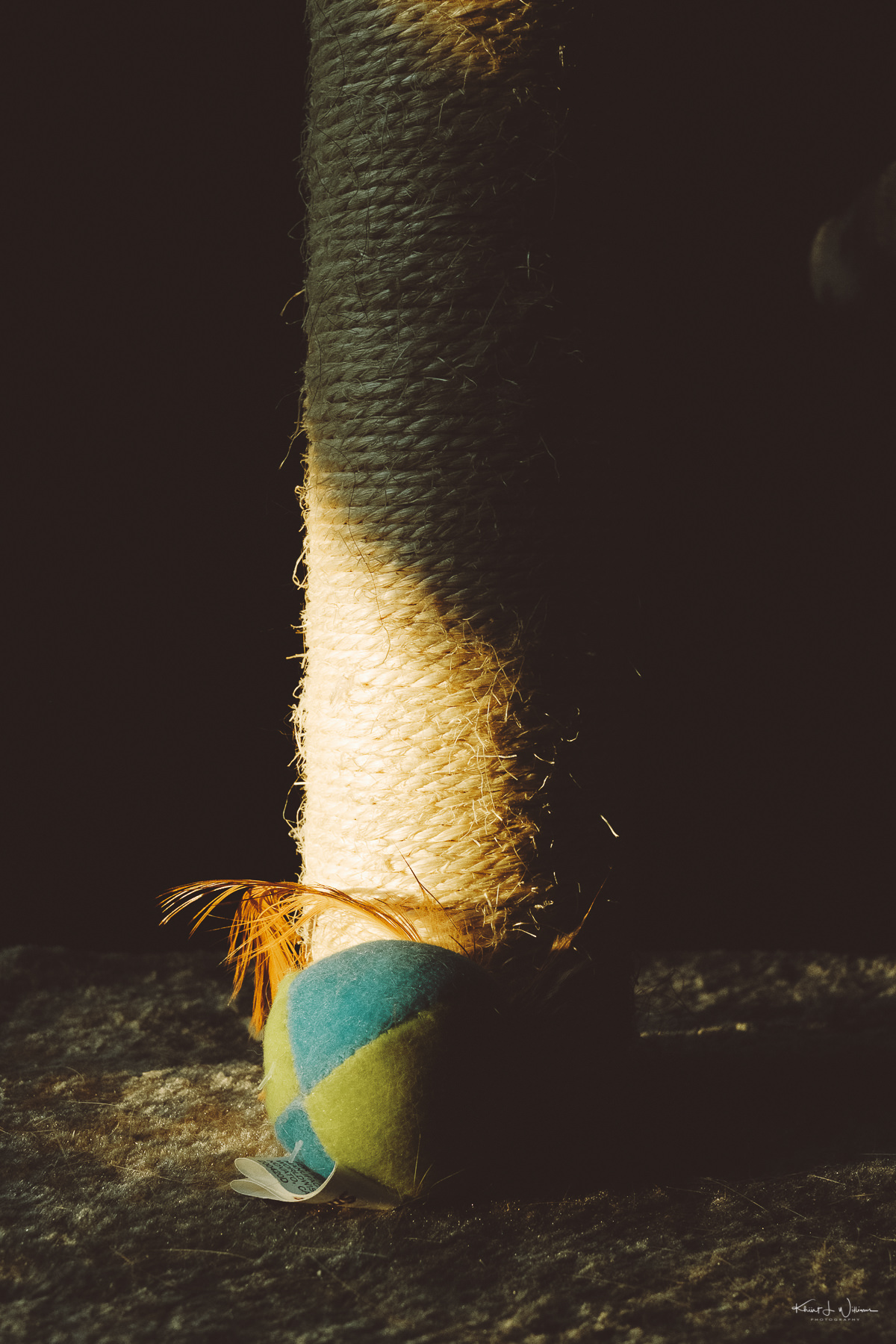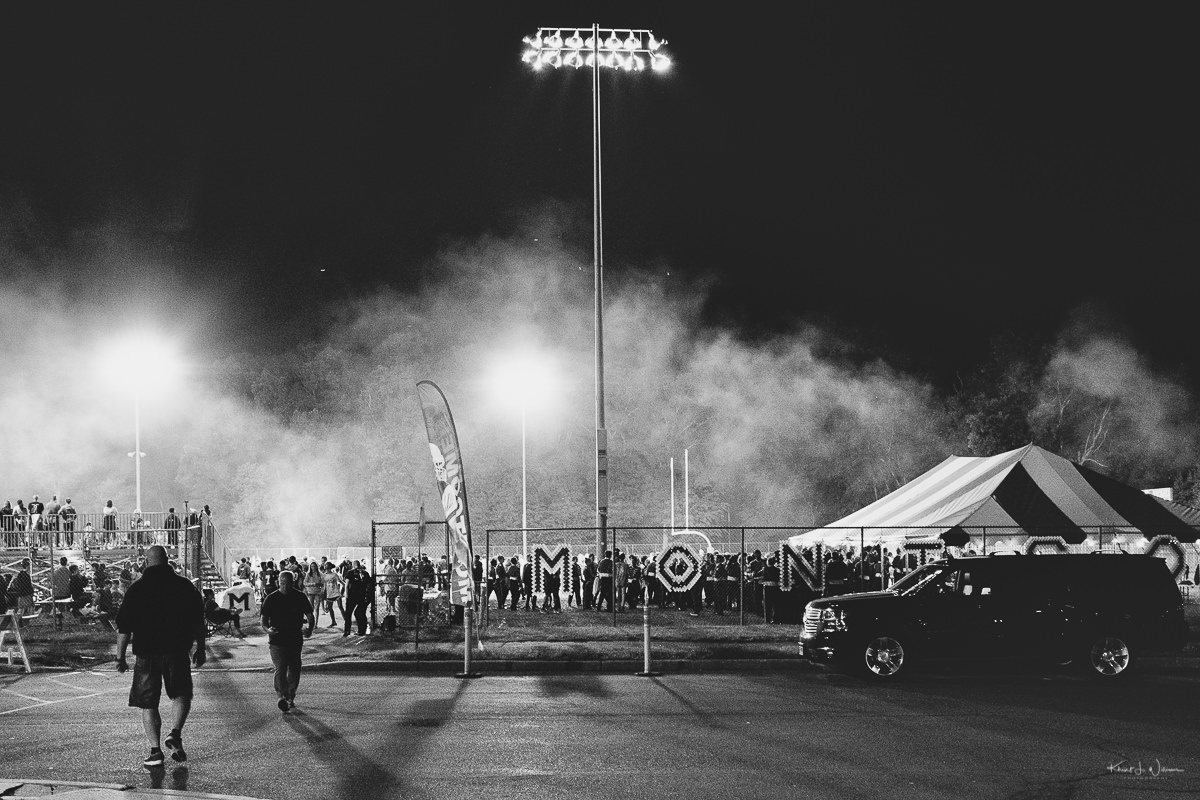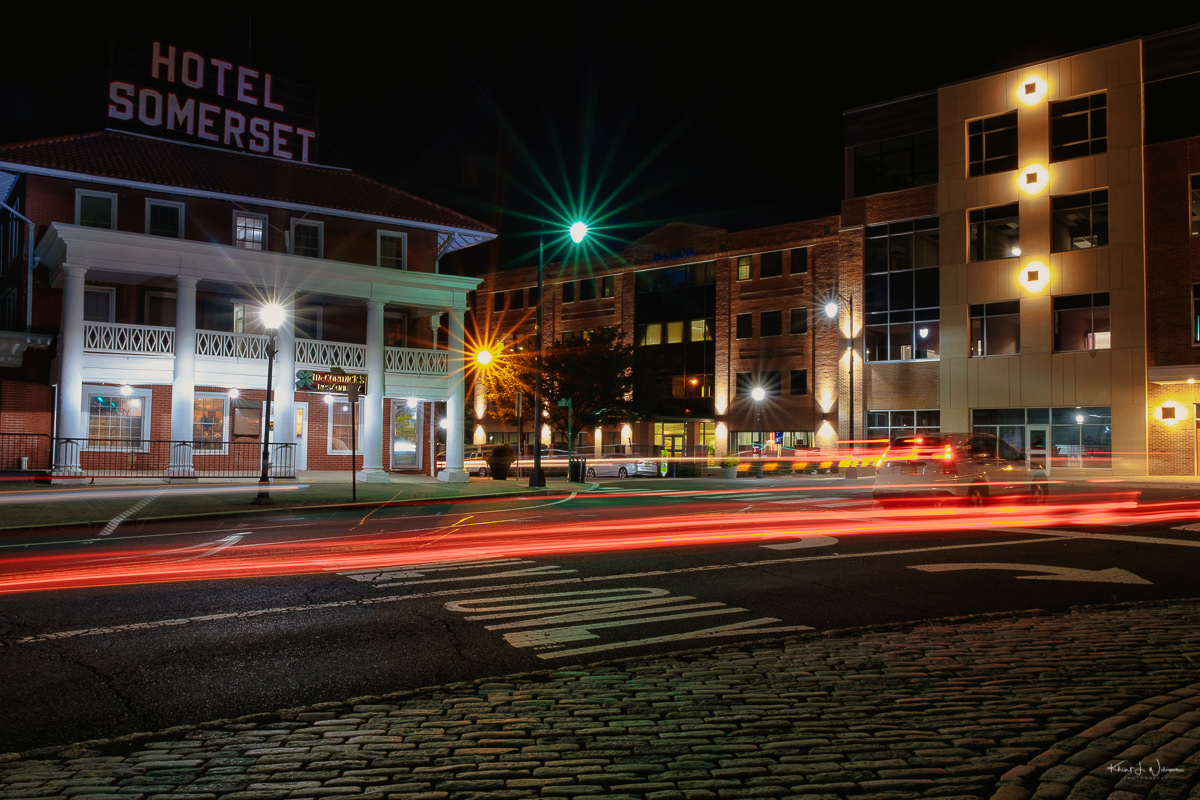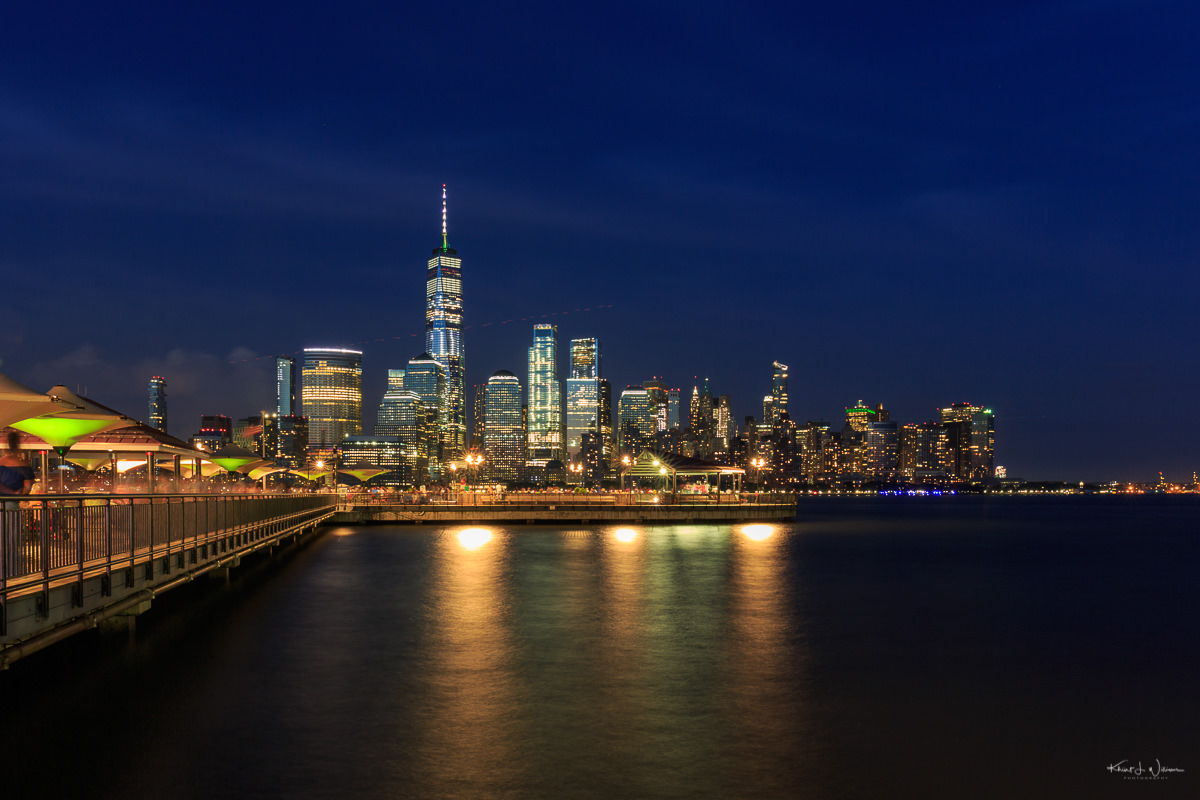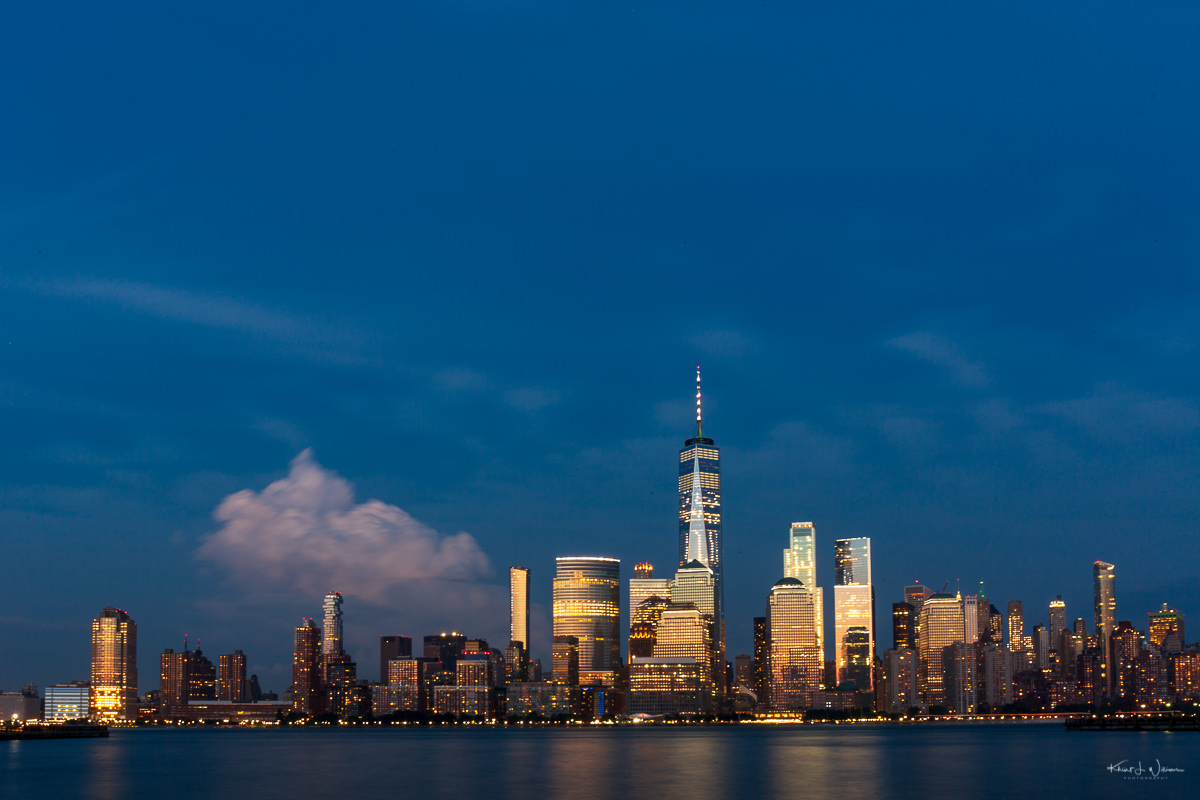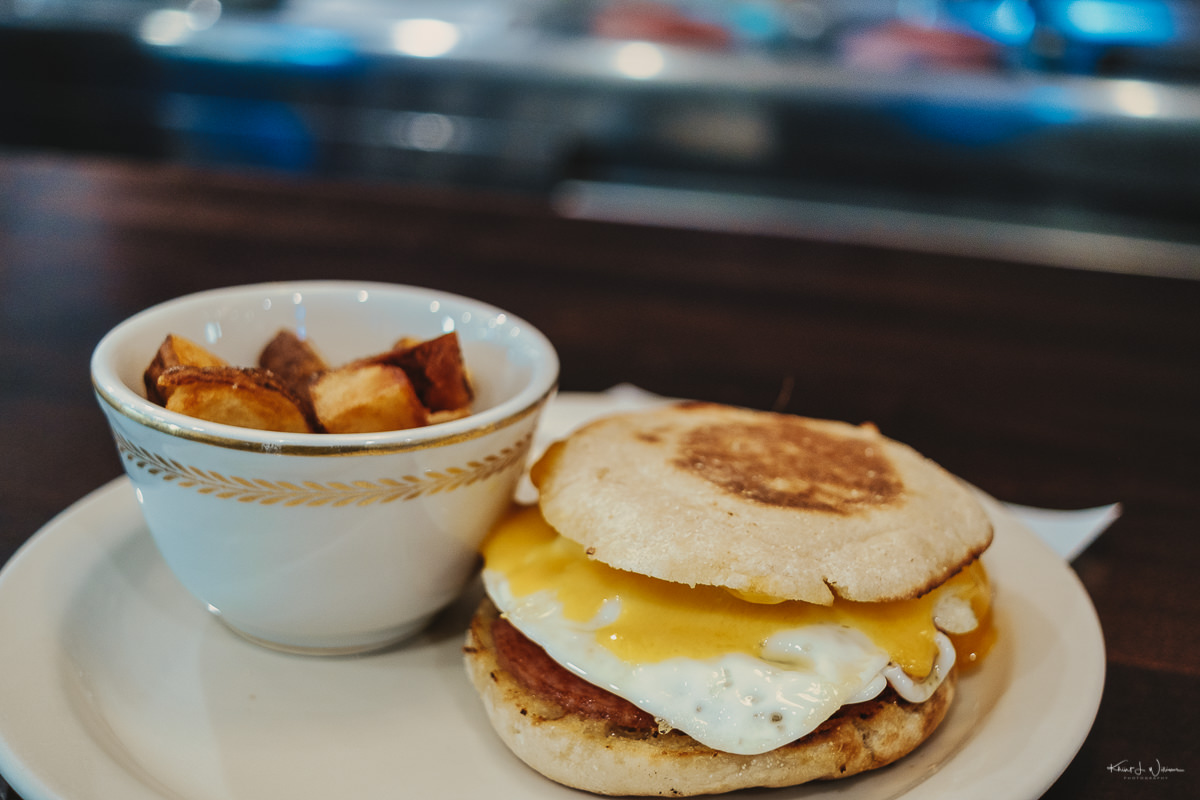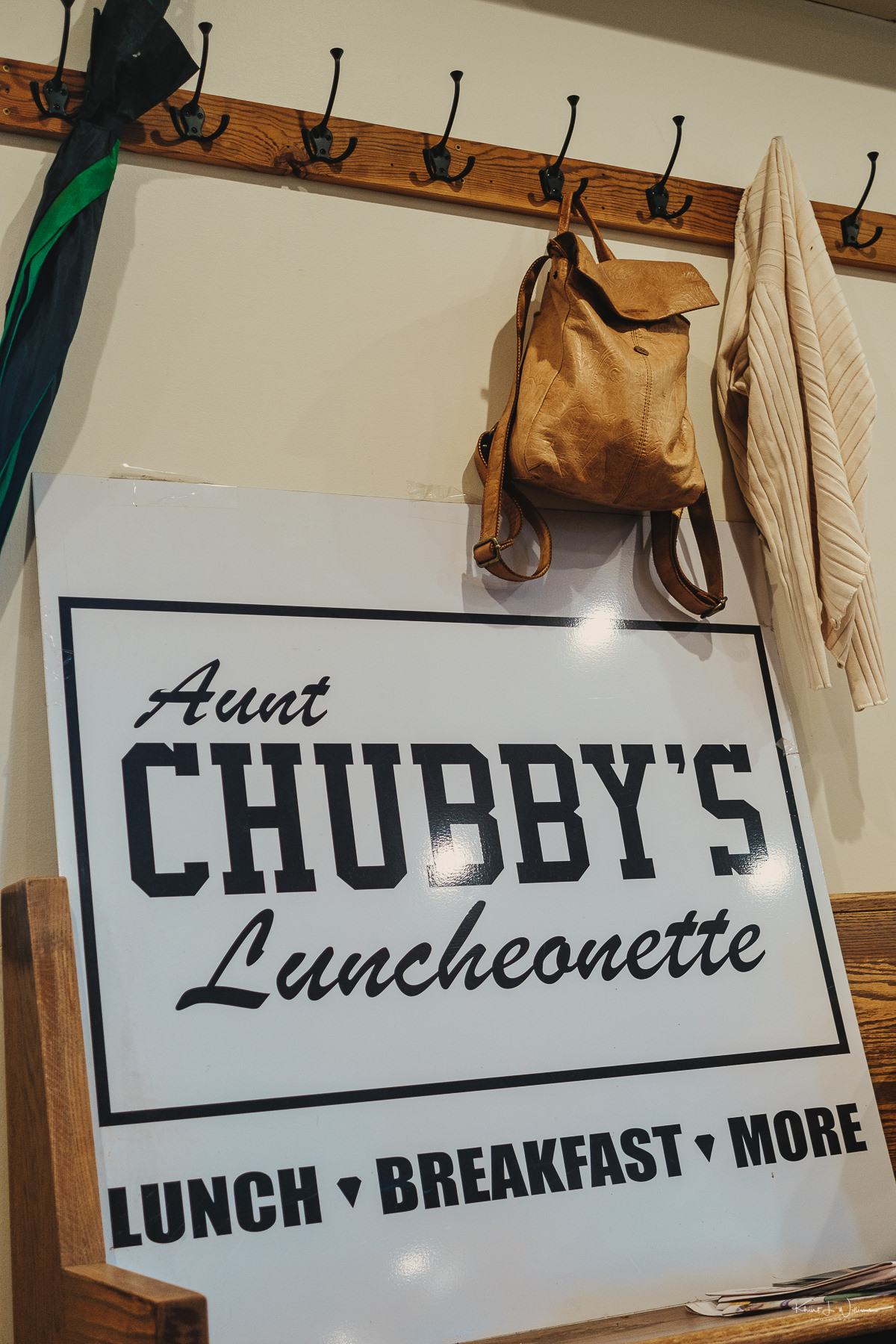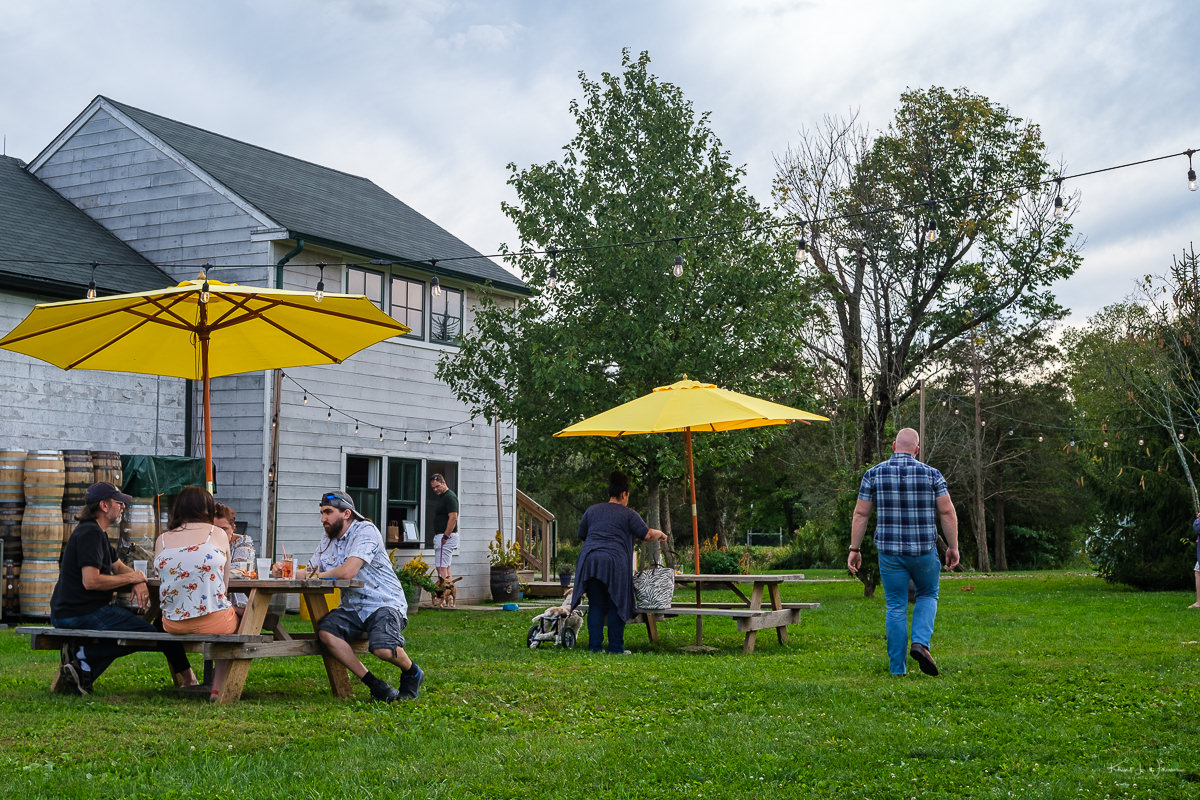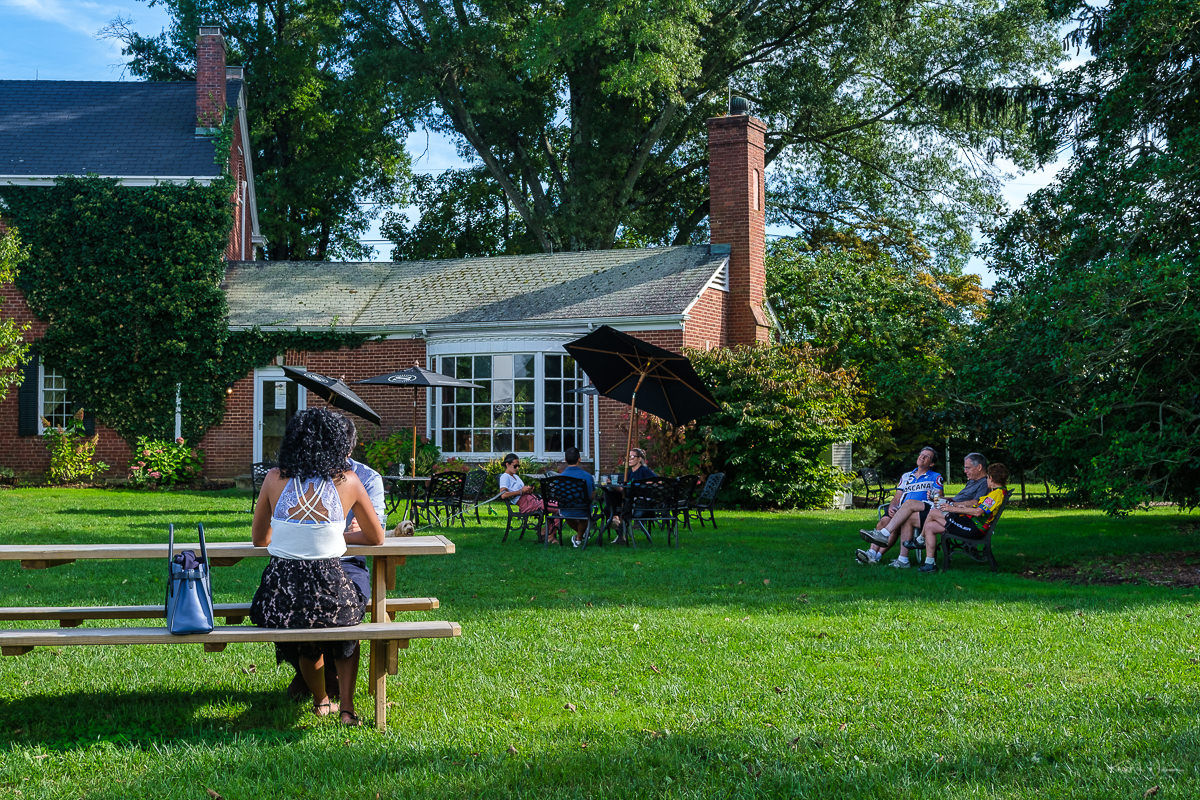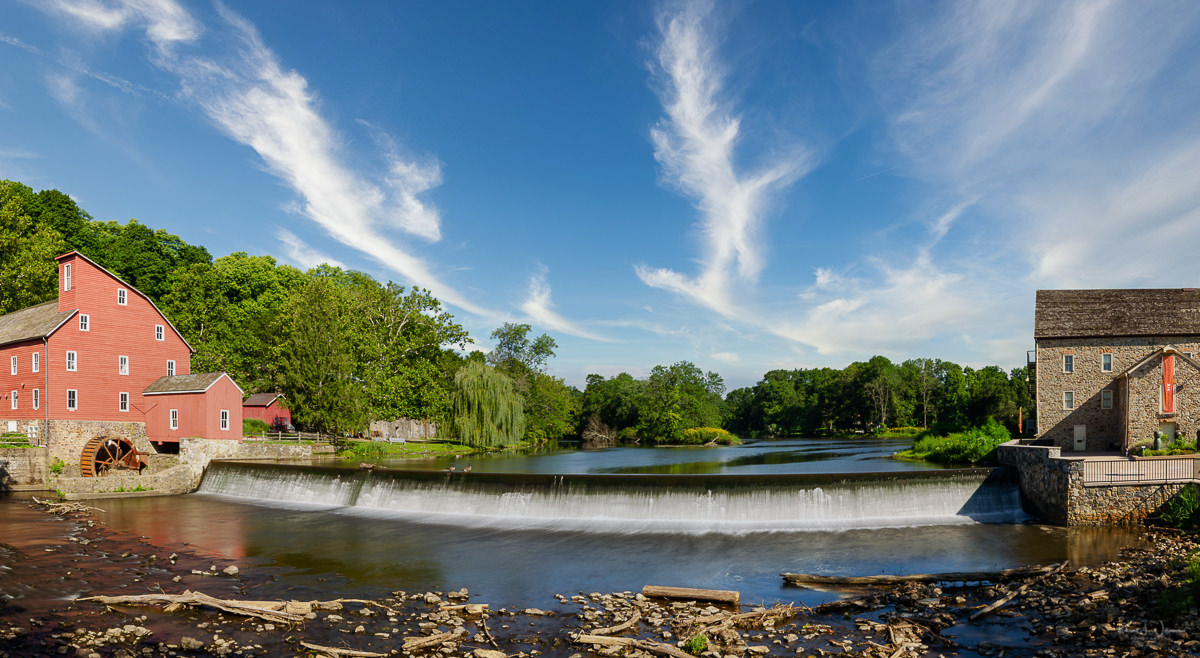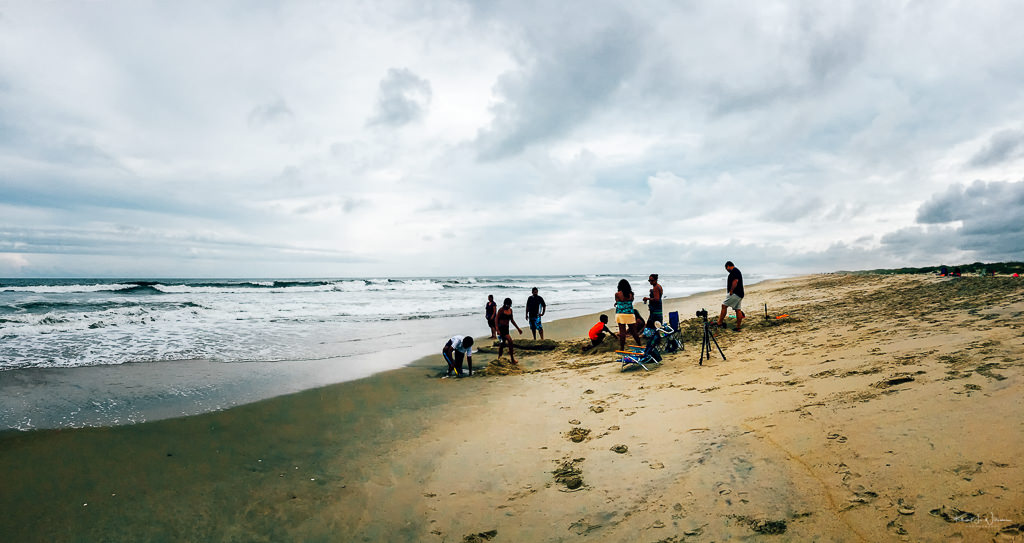After spring, autumn is my most favourite of the seasons in the North East. The cooler autumn air is a welcome respite from the heat and humidity of summer. Although it's been a little unpredictable in recent years, the change of the leaves from green to various hues and shades of yellow, orange, and red provide a bright, colourful display. Early autumn is also the time for beer fest and October Fest and dining on Weiner schnitzel, spaetzle, and red cabbage. It's the time of the year for glorious sunrises and sunsets. During COVID times, autumn was the time to share a pint of ale or a cocktail around the fire pit outside on the back lawn of the Brick Farm Tavern. Autumn is the time of year to take steam train rides through the Pennsylvania Countryside and explore quaint little towns. It's the time of year to walk around the Princeton University campus and watch kids playing the leaves. It's the time of year for early morning fog over Princeton Battlefield Park.
It's too early for autumn colours in the Garden State. According to nj HIking and nj.com, peak autumn colour is still two weeks away. Some of the maples on Blue Spring Road have a tinge of red but very very few of the mature trees are still showing green.
For the Lens-Artists Challenge #167: Colors of Autumn, I took a look at my Adobe Lightroom catalogue and older blog post for images to post. I looked through five years of October photographs to compile the set below. I photographed some using various models of iPhone, my long-gone Nikon D500, and my Fuji X-T2.
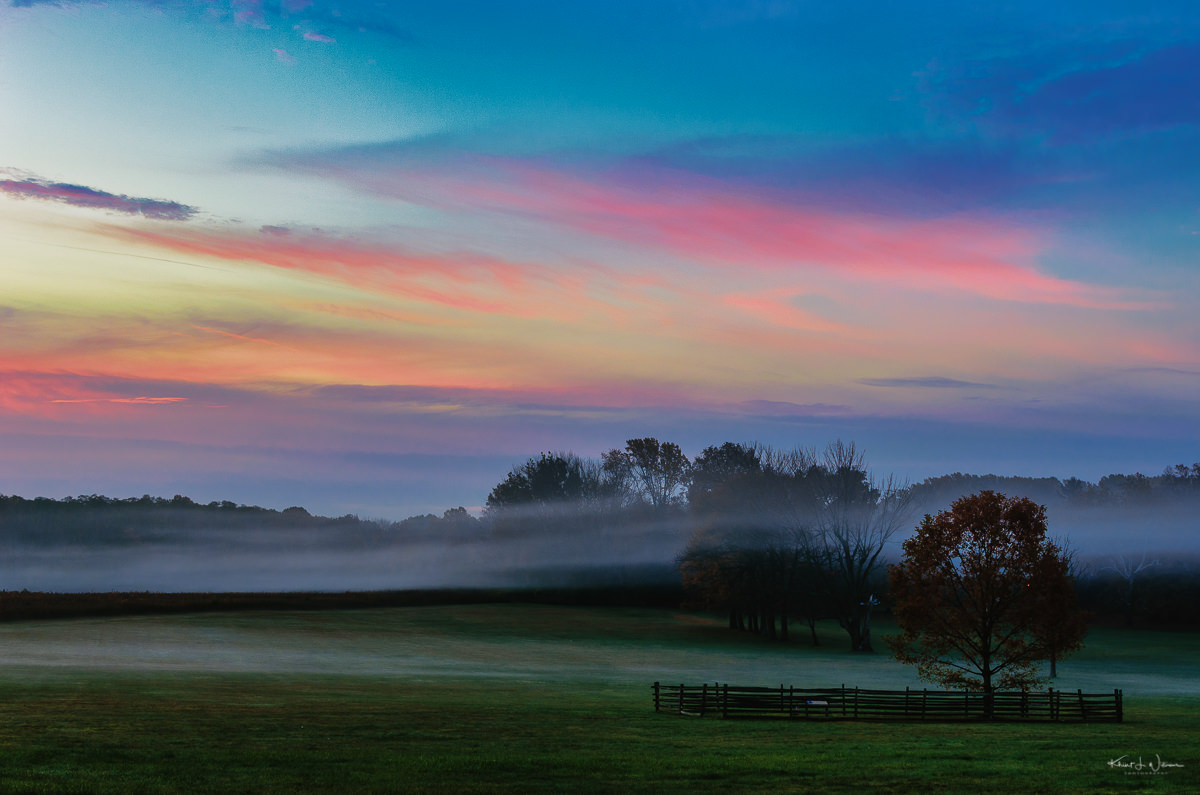
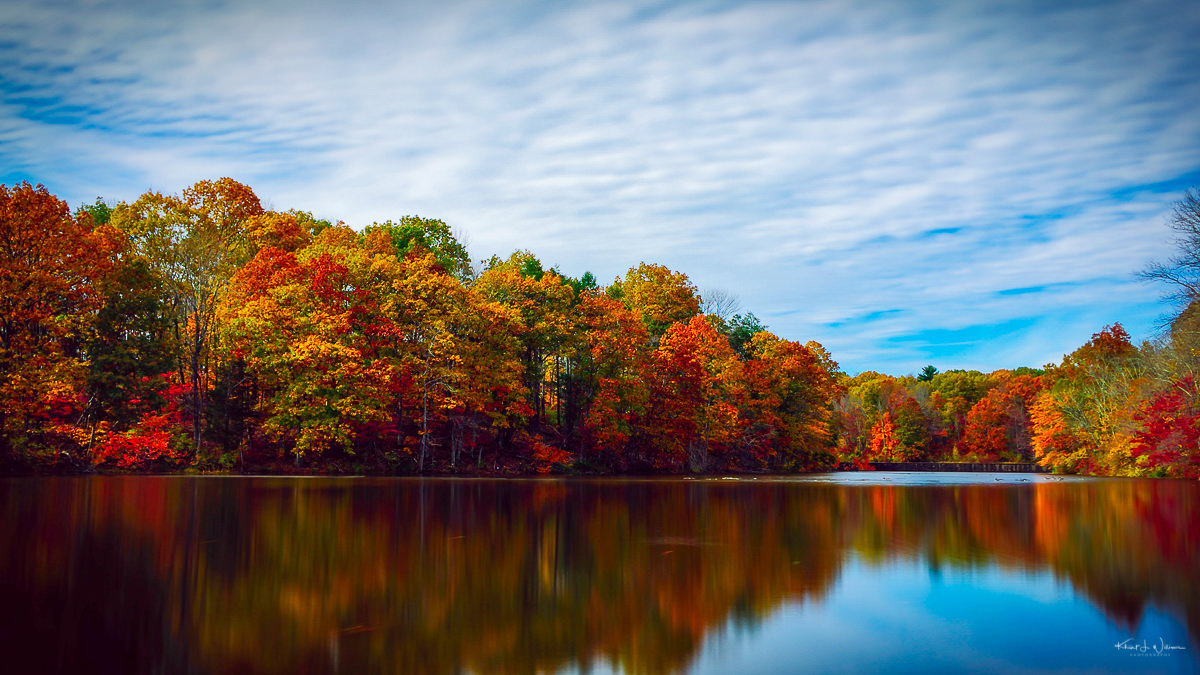
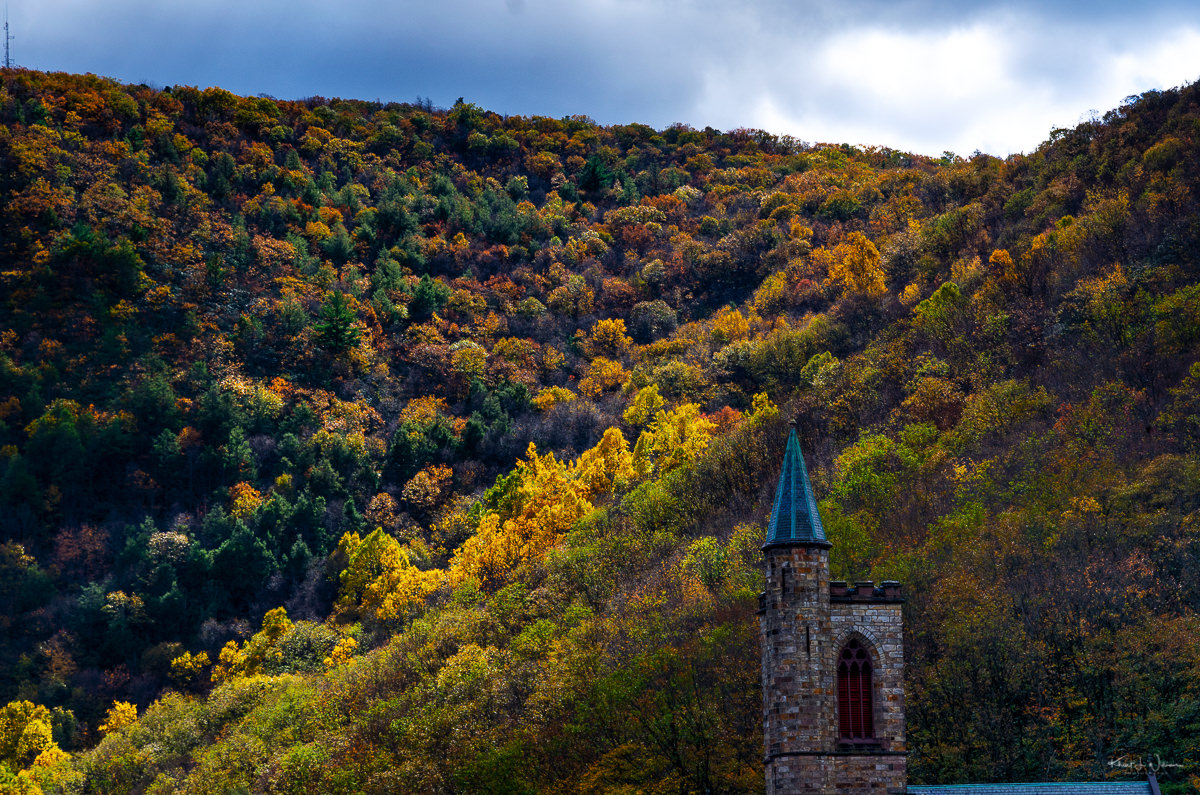

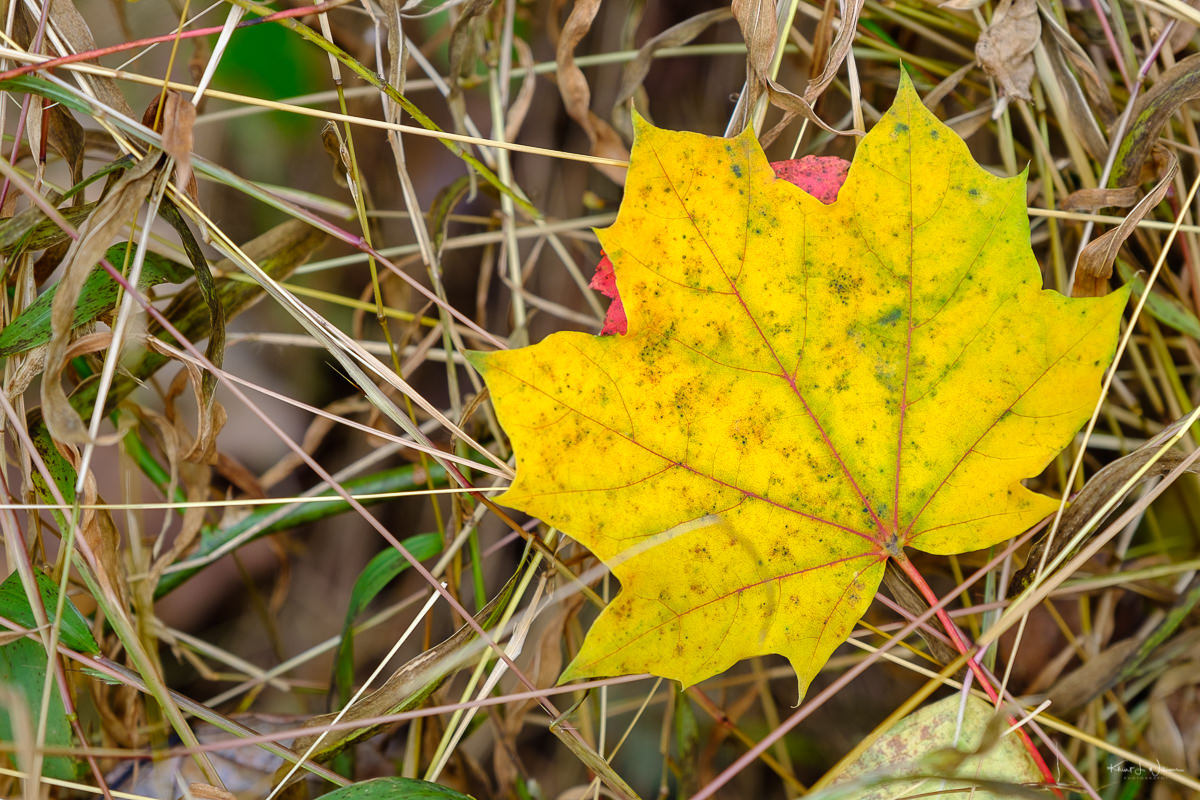
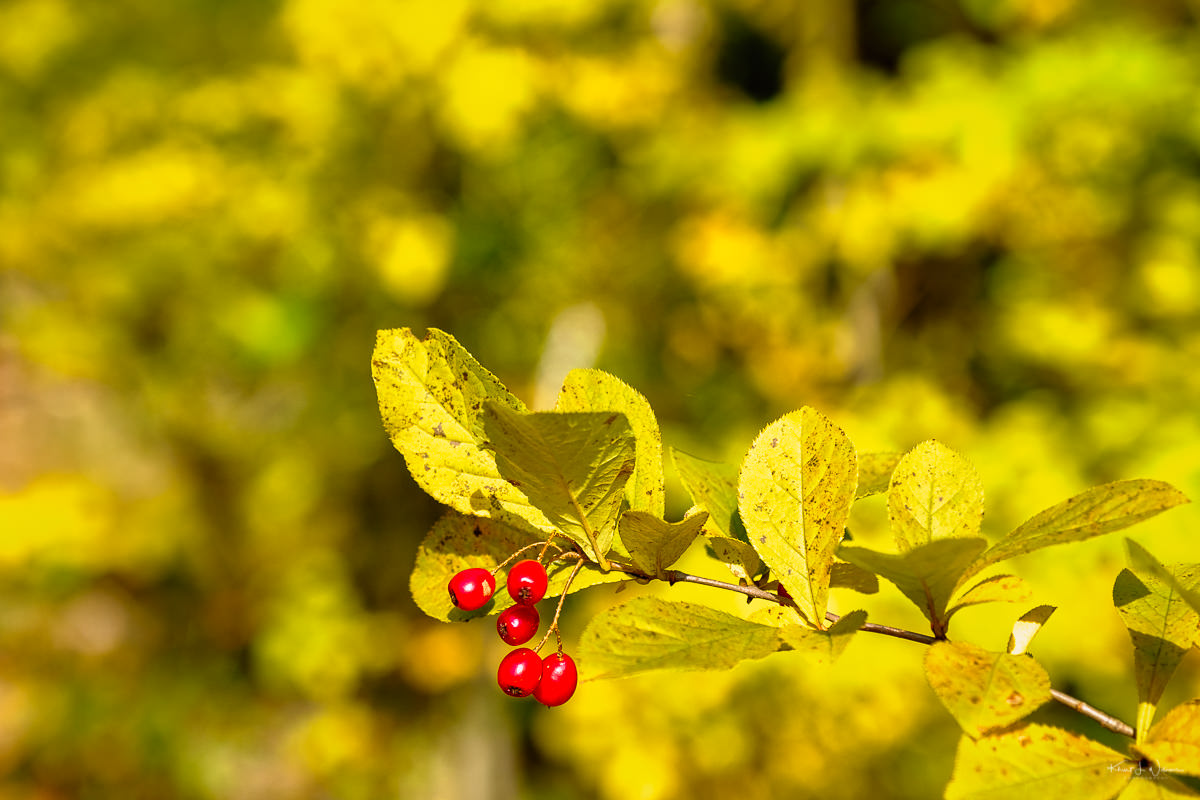
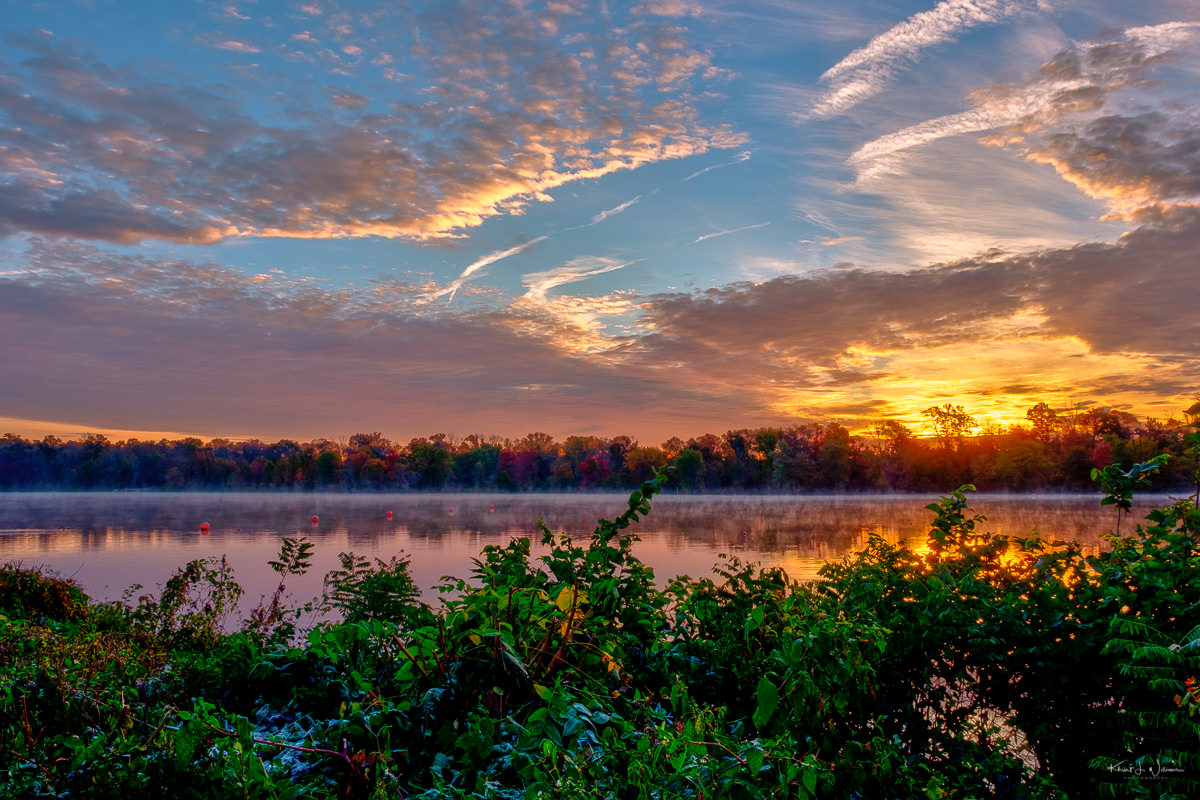
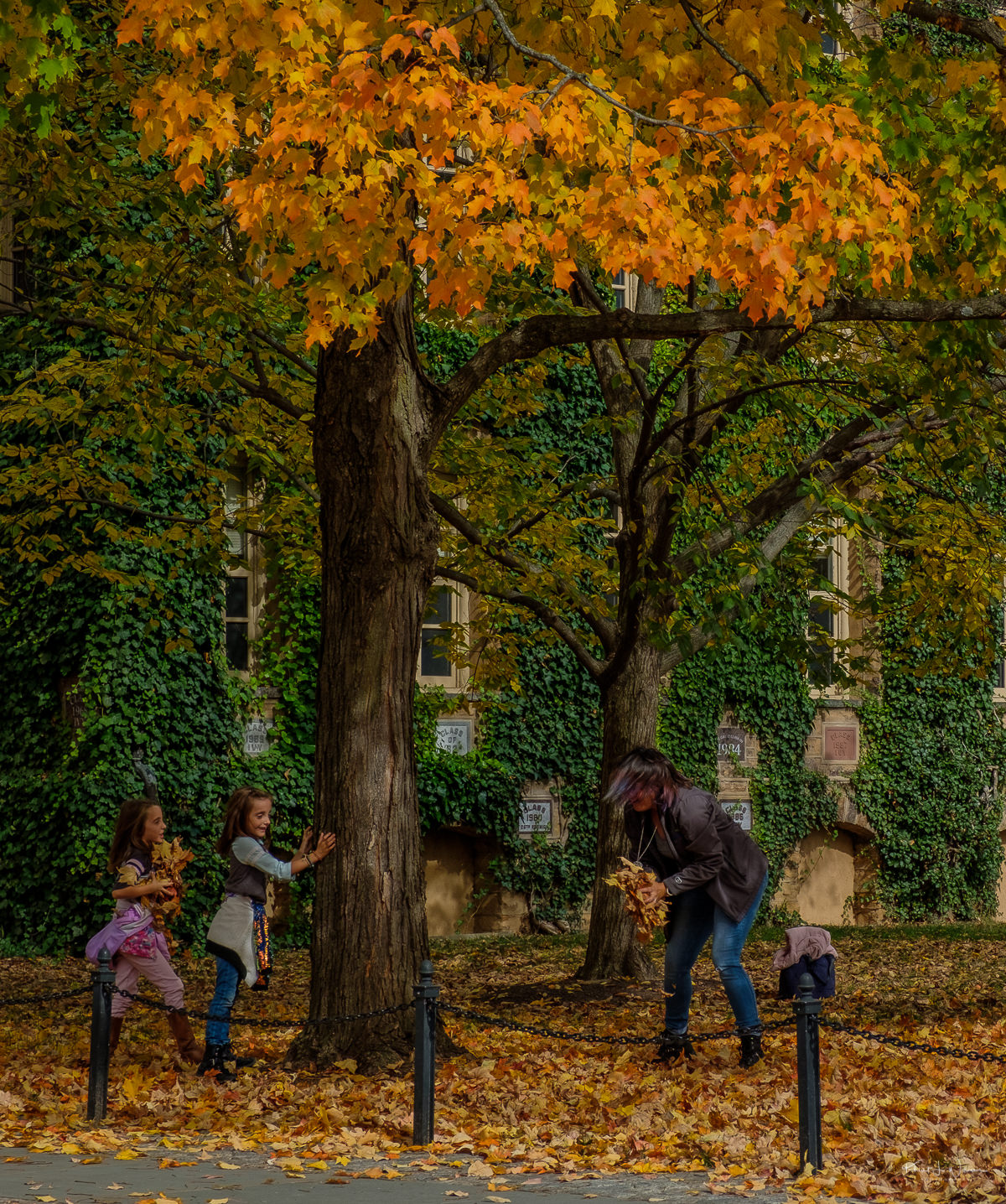
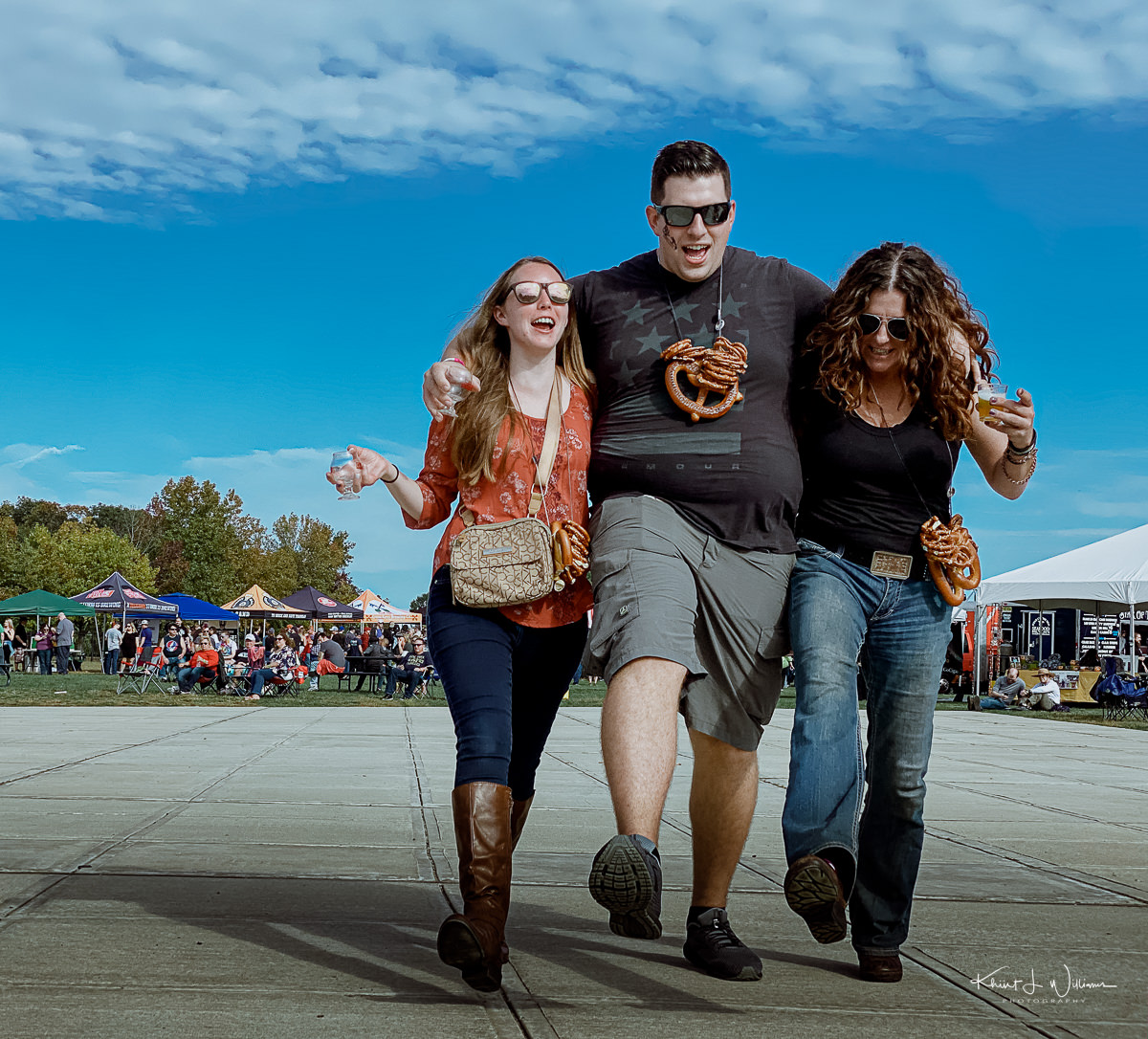
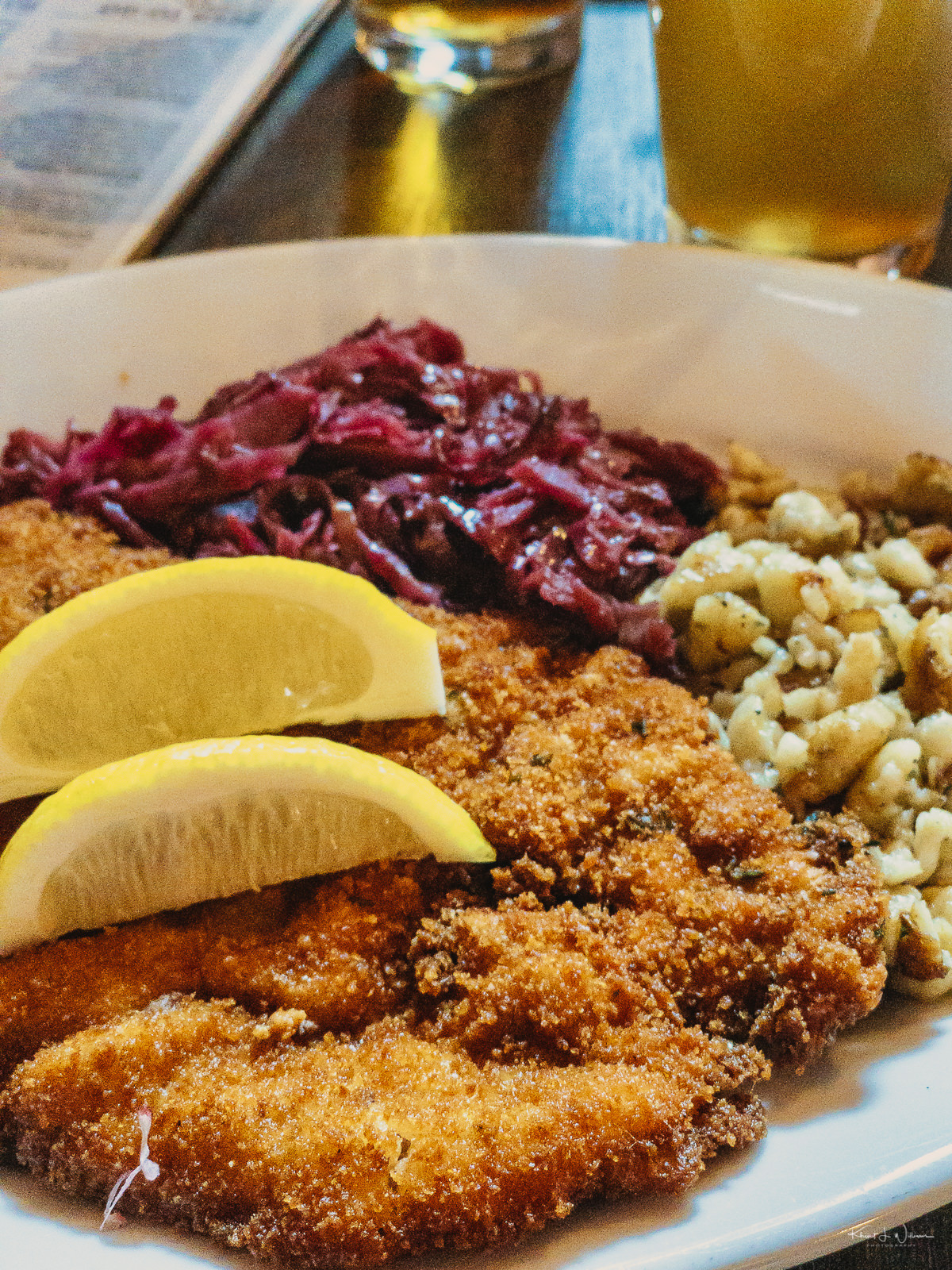
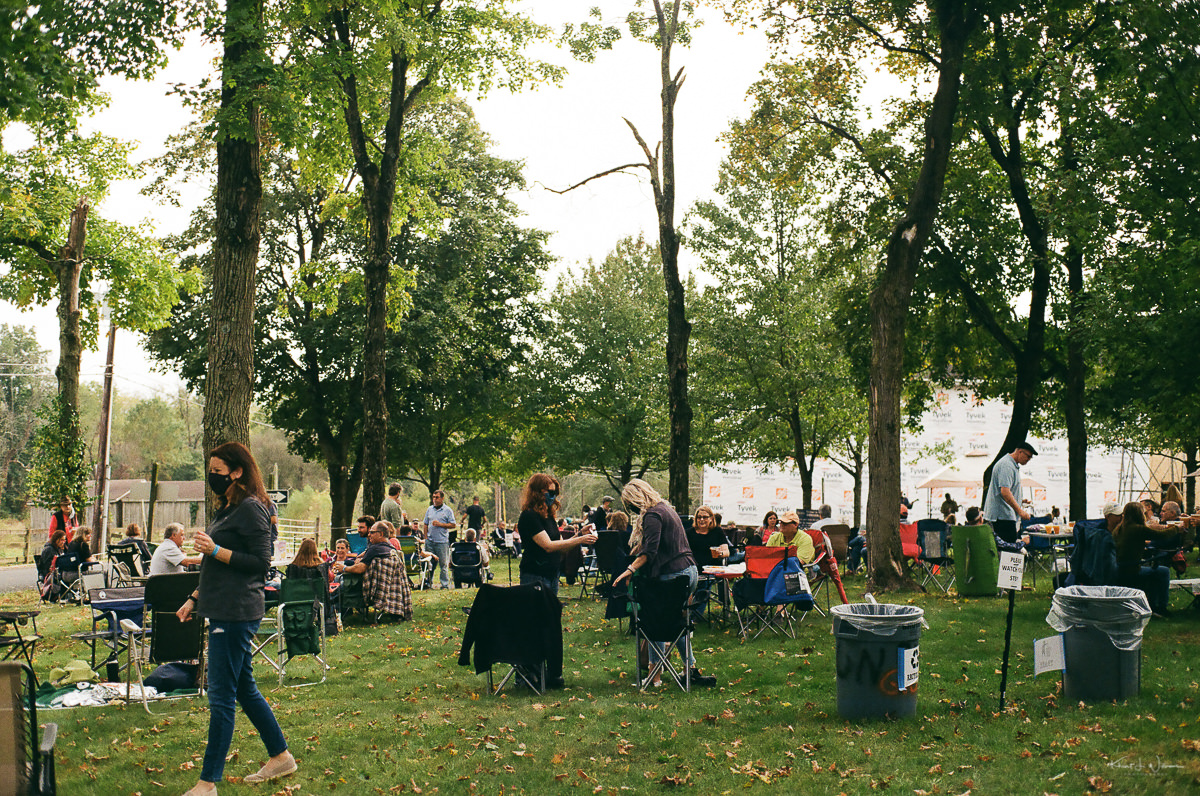


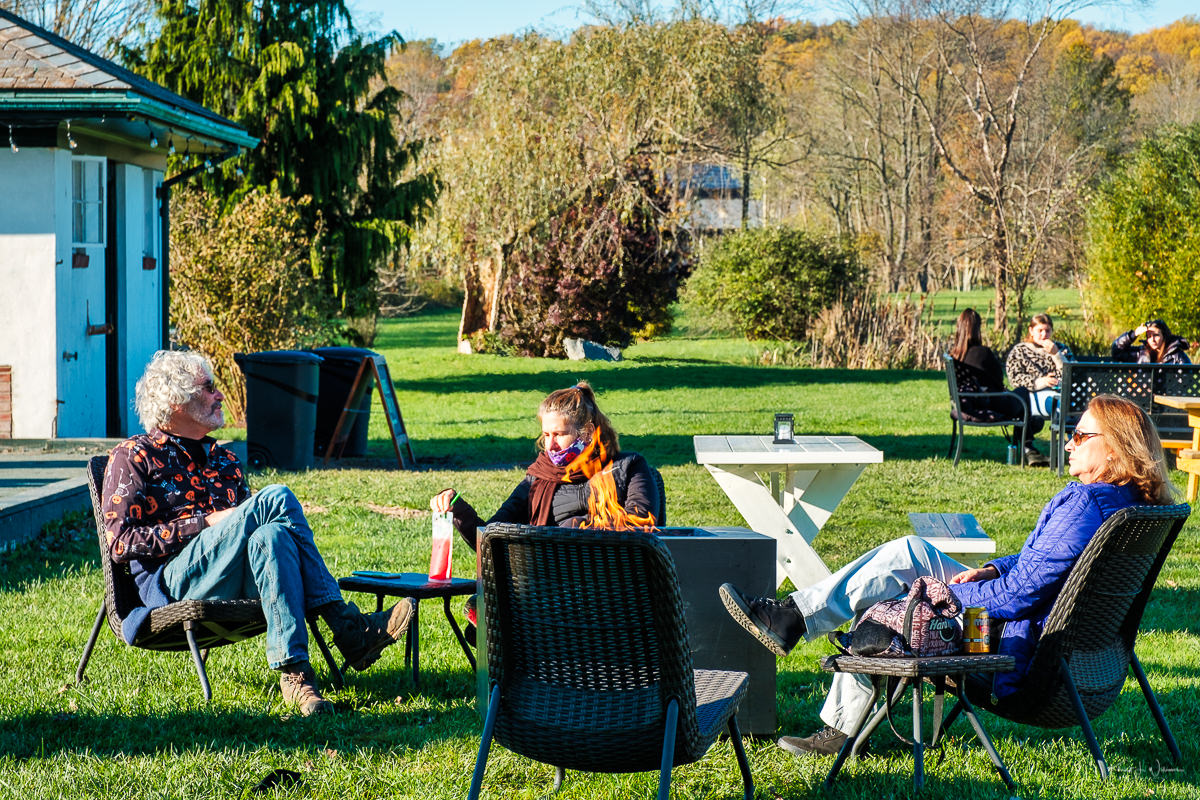
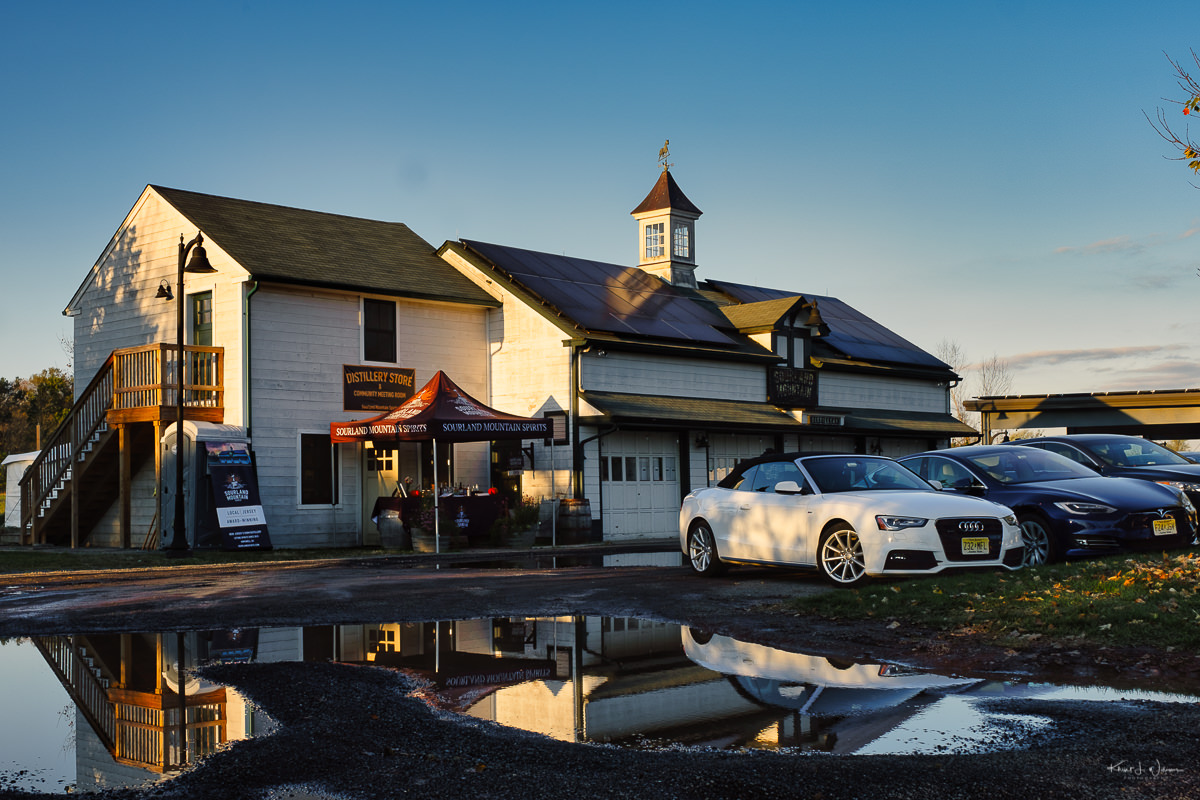
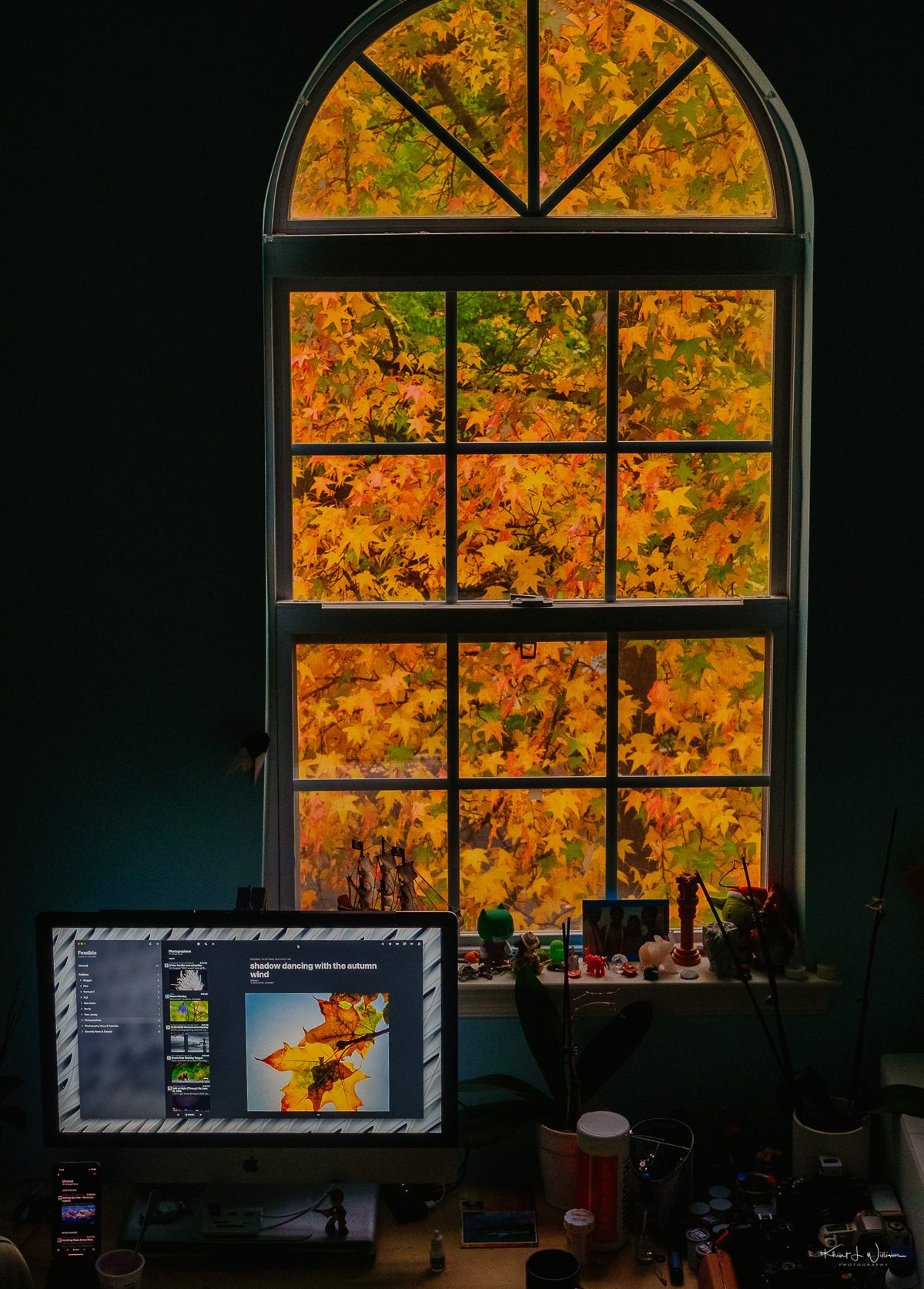
Beyond camera technology upgrades by Riccardo Morrick.
Yes, yes, I know, computational photography! Apple is leading here, they’re ahead of the competition, and so on and so forth. I’m simplifying here, but essentially computational photography is something created to take advantage of processing power and software to circumvent the hardware limitations of having small camera sensors, small lenses, and little physical space to operate within the chassis of a smartphone. And from what I’ve seen so far, the goal of having such advanced computational photography is to make your iPhone take photos as closer to reality as possible, especially when it comes to low-light photography.
I’m not arguing its usefulness or Apple’s innovative efforts on this front, at all. The philosophical problem I have with that is that most photography is not about reproducing reality with 100% fidelity. Every time I look at the photo samples Apple shows while touting the iPhone’s ever-improved camera system, the neutral, high-definition, surgically precise nature of such samples doesn’t appeal, inspire, or move me at all.
Bhavna and I had dinner at Brick Farm Tavern. We haven't had dinner here in a few months. After dinner, she asked me to schedule dinner here at least once per month.
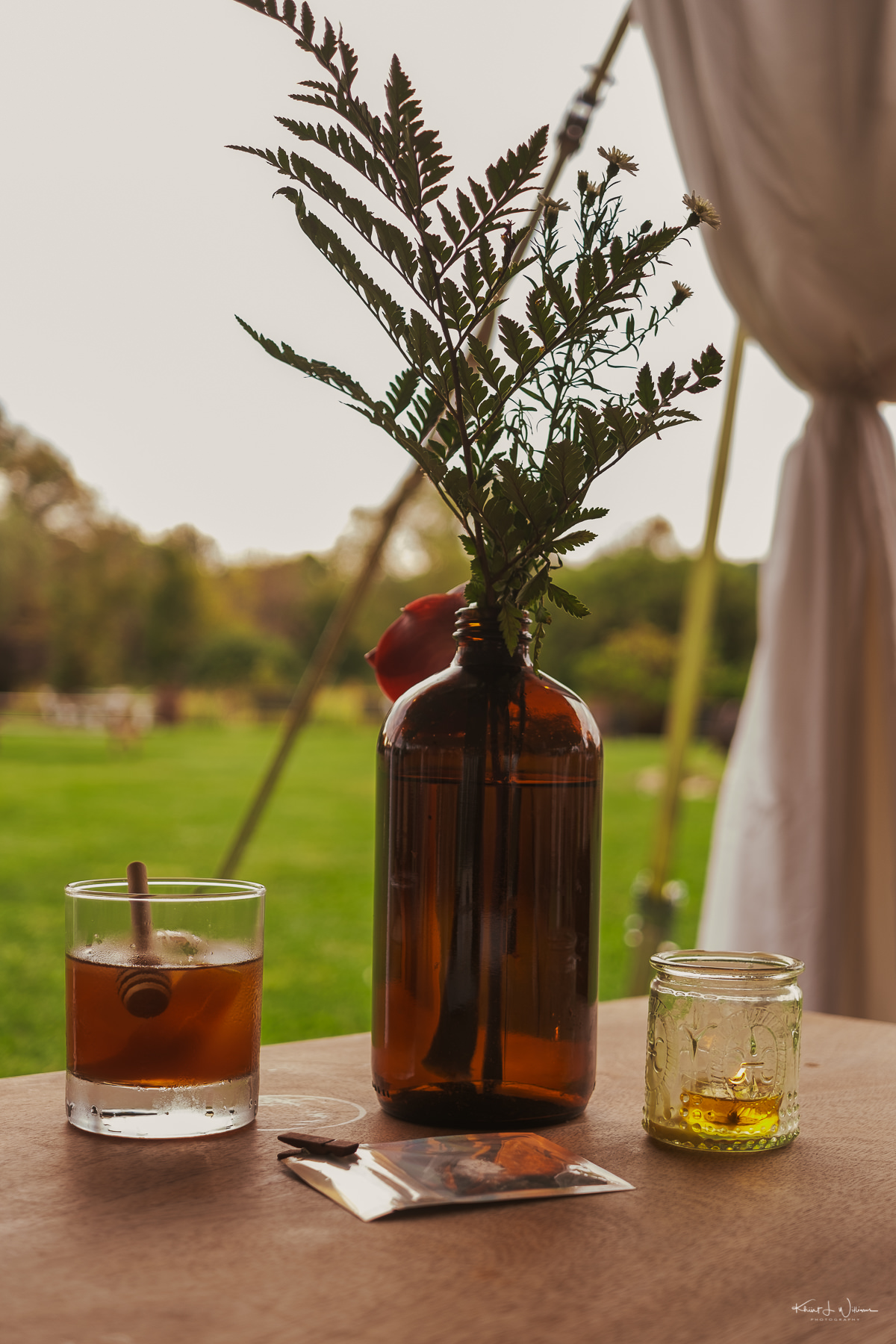

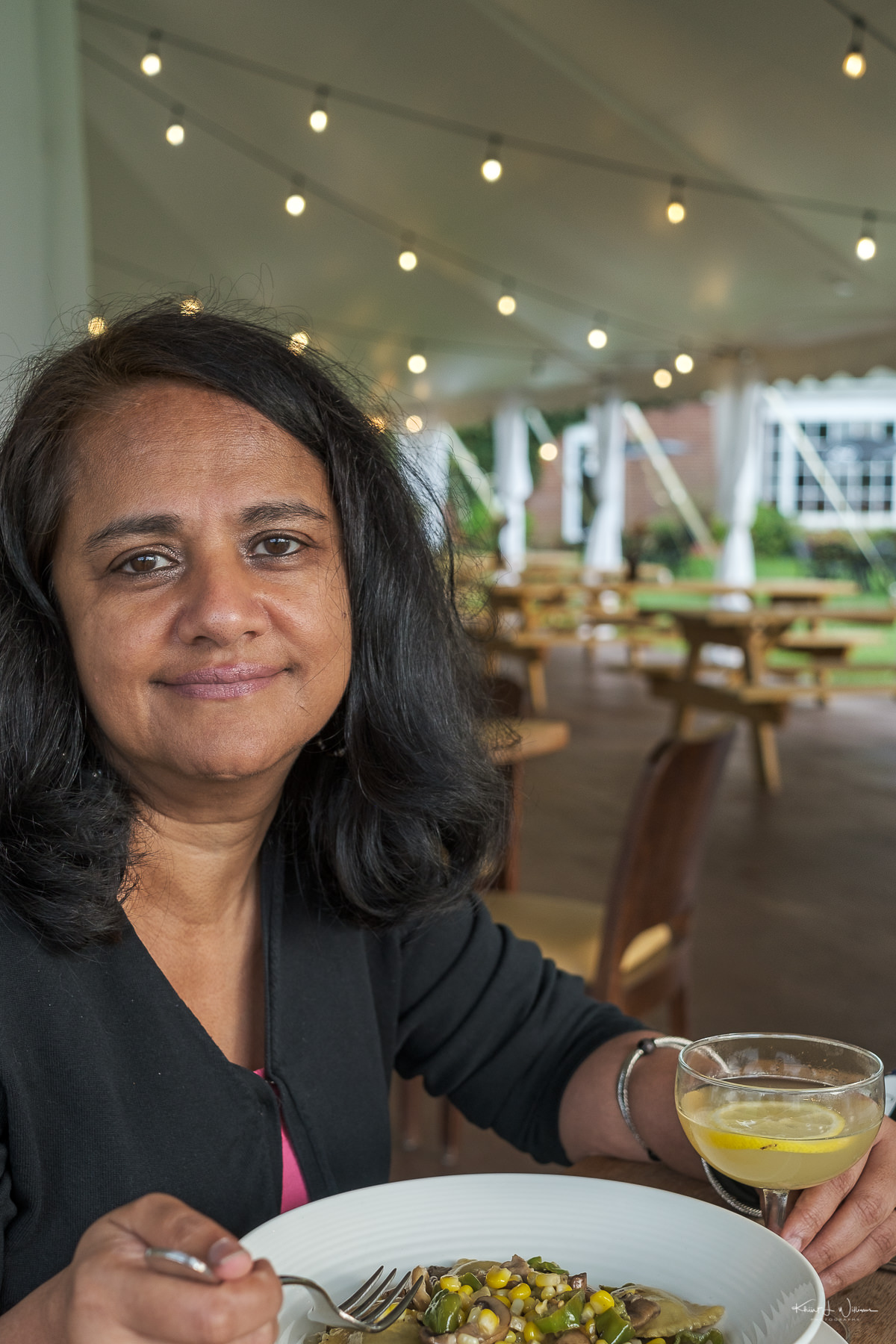
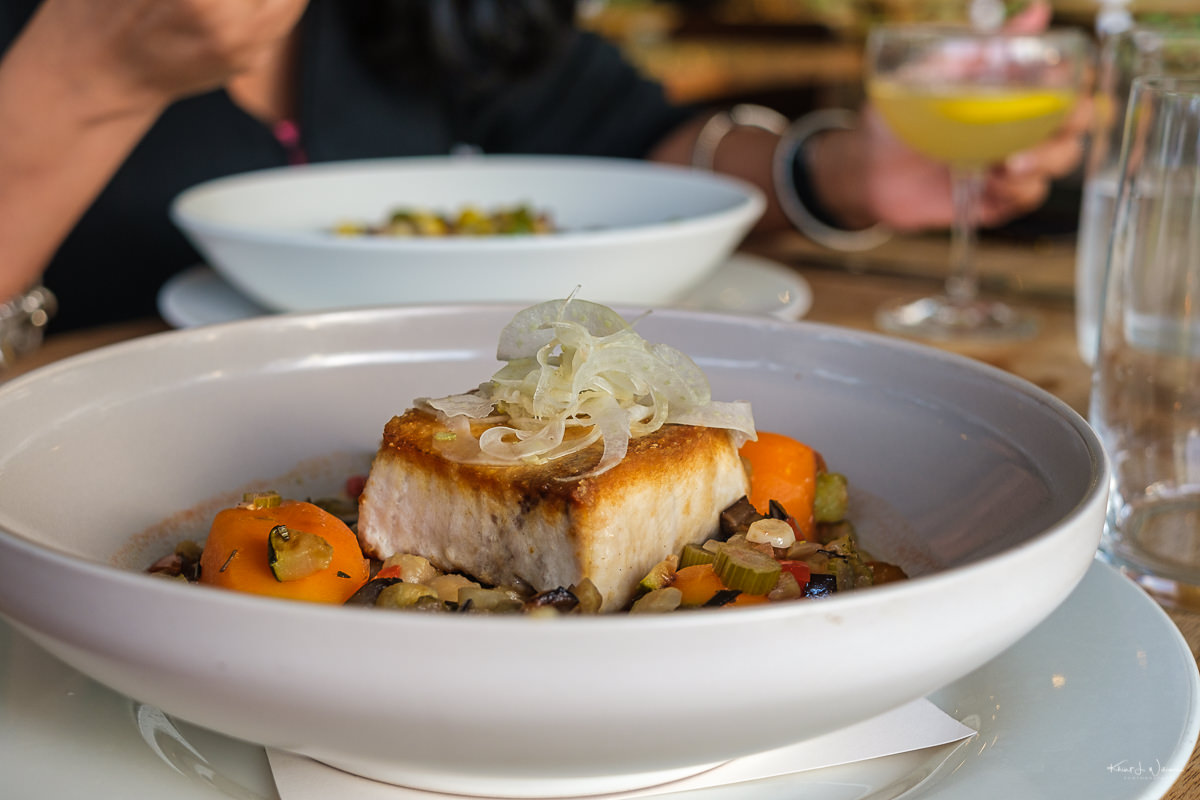
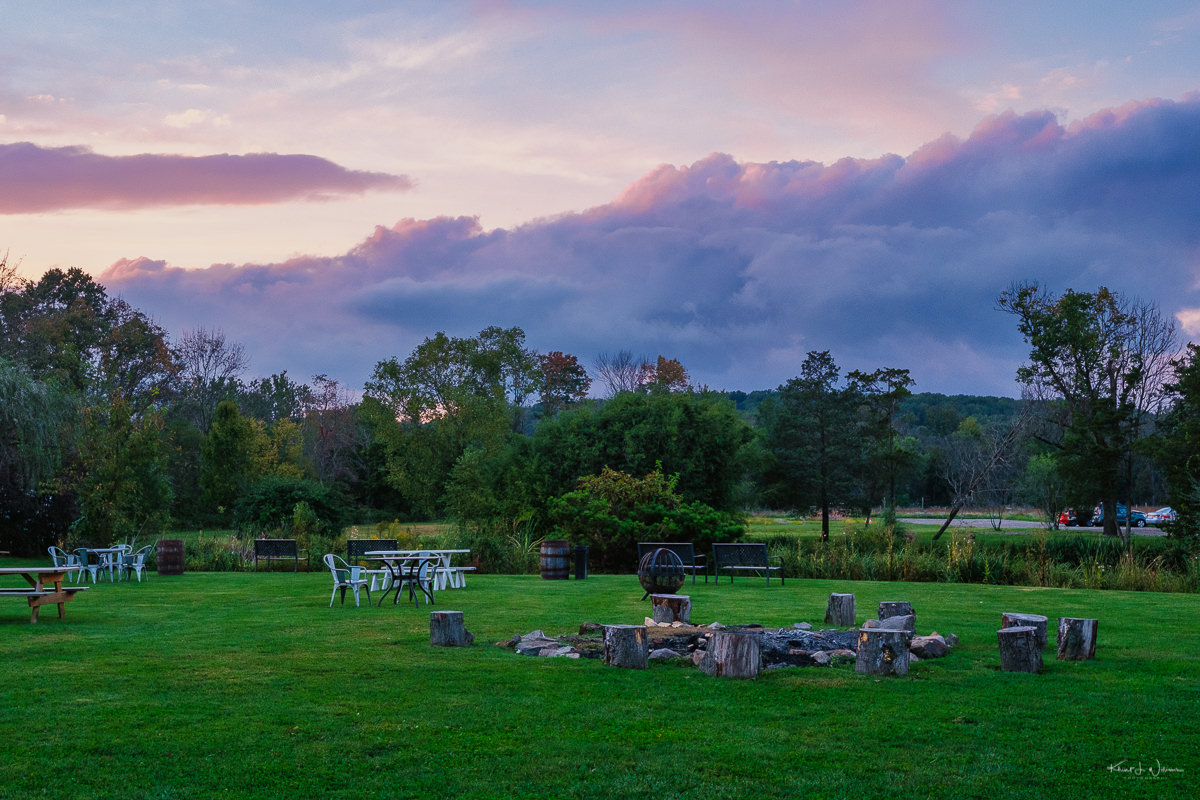
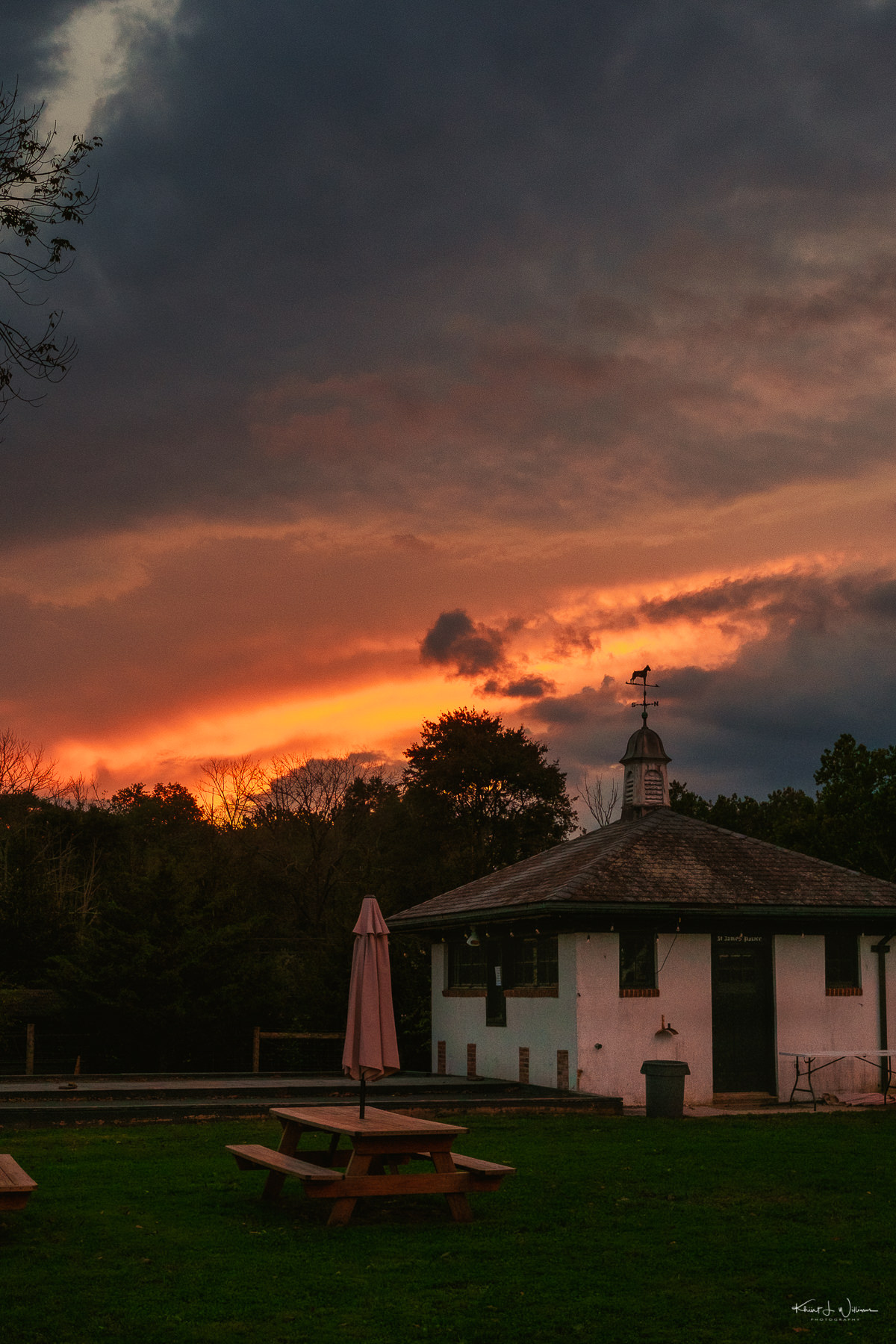
I’ve been a Mac since November 2005, and I bought my first iPad in April 2010. So no surprise, I’m still using a Mac (27” iMac) and iPad (Pro).
I don’t use email to read newsletters or catch up with blogs. Email is for work-related messaging and personal correspondence, and notifications from banks, utilities, etc.
RSS (Really Simple Syndication) was offered free to the world 22 years ago on March 15, 1999. I started using it a few months after that. RSS has been the primary method for keeping up with any source that supports it (mostly blogs).
For RSS, I used Google Reader for many years, but when Google abandoned the product, I searched and found replacements.
I’ve tried Feedly, River 2, Fever, Reeder, and several others, but I’ve used Reeder exclusively for several years. Reeder is cross-platform, running on macOS, iPad OS and iOS. The app team have provided a continuous improvement over the years, and I think the app is feature complete. I originally paid a yearly fee to use a feed aggregation service, Feedbin. The Feedbin service also provided the ability to sync my reading status across my drives. However, Reeder just started leveraging iCloud sync.
I have struggled with managing the feeds that are firehoses. Over the years, I’ve performed multiple spring cleanings and reorganisation of sources. Feeds that update frequently, mainly very popular Apple, cyber security, and photography websites, are corralled under the “news” category. Then I’ve broken down the lower volume photography feeds into “bloggers”, then Fuji, and finally film. The Fuji feeds, and the film feeds are low volume, so keeping up is easy.
I’ve had a Gmail account since the beta launched in 2004. But several years ago, I decided that instead of using a free service, where I’m the product, I would happily pay to host my email. Gmail is where all the low-value email goes. I was a big fan of all things Google, but as I became increasingly concerned with privacy, I started a move away from their services.
In his most recent podcast, Episode 055: about image aspect ratios, Daniel Sigg discusses aspect ratios.?
Why do some photographers continue to define images by the limitations of legacy print technology? In modern times, I think very few photographs are printed. Most photographs are shared online. For example, here are the non-print aspect ratios for Instagram and Facebook and other social media.
Instagram Landscape Photos have 1.91:1 aspect ratio
Facebook Profile Cover Photo have 2.7:1 aspect ratio.
Facebook Photo Post have 1.91:1 aspect ratio.
When will we let go of the past and free photographers from these constraints?
I just read the essay, The End of Nation-States by Tomas Pueyo and my mind is reeling. Tomas makes the interesting proposition that large multinational corporations and cryptocurrencies are disrupting the power of local governments and nation-states.
Historically, how did you trust that your cab was legit?
Because it had a license. From the government.
How did you know to eat in that restaurant?
Because it was certified to be safe. By the government.
How did you know your house was yours?
Because it was registered. By the government.
How did you know somebody was American?
Because they had a passport. From the governmentYou always needed a gatekeeper.
What about money: how did you certify you had money? You either showed the cash or you needed an attestation from your bank.
How did you prove you knew something? You needed to show a certificate provided by an academic institution.
How did you prove anything was true? You got a seal from a notary public. You always needed a gatekeeper.Nation-states were the ultimate gatekeepers, because not only did they control their own services, but they also controlled the rest of gatekeepers via regulation. They drew all their might from this control.
Since the Bitcoin paper was published, that power is gone. We haven’t needed gatekeepers to certify most of these things. You don’t need the corruption, absurd regulations, and abuse of power that goes with it. We can build better solutions with more crowd-sourced feedback, faster feedback, crypto-oracle verification. We just haven’t built all these solutions yet.
My only counterpoint to Tomas' thesis is that the generation of cryptocurrency is at the expense of the environment. Cryptocurrencies require large amounts of energy, due to the computations needed for mining. According to one estimate, Bitcoin's energy consumption (118.9TWh/year) is similar to the power consumption of countries like the Netherlands (117.1 TWh/year) or Pakistan (125.9TWh/year).
Not all cryptocurrencies have significant environmental impacts. Many of them do not use mining at all. There are alternative, eco-friendly cryptocurrencies that inflict less damage on the planet.
